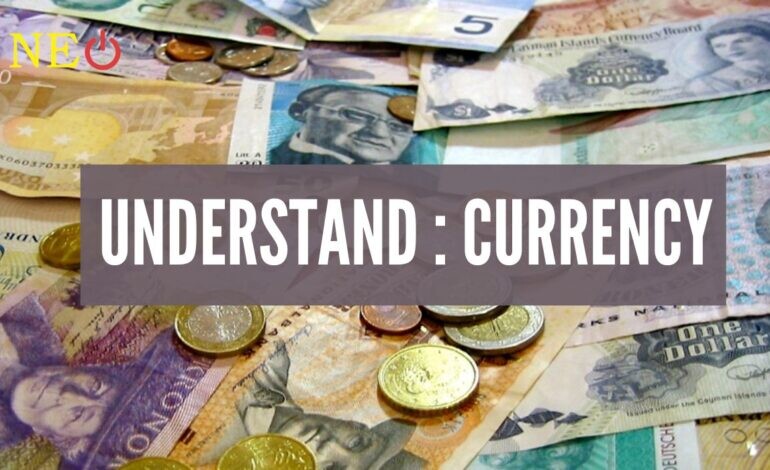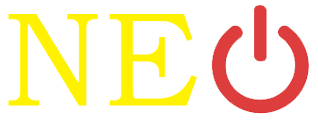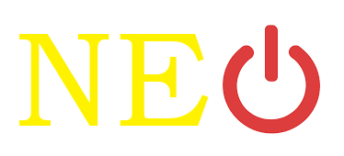RBI Fines Indian Banks: Reasons for ₹1.29 Crore Fines Against Banks
The Reserve Bank of India (RBI) fined ₹1.29 crore on three prominent banks: Kotak Mahindra Bank, IDFC First Bank, and Punjab National Bank. Examine Why?

A medium of exchange for goods and services is currency. In a nutshell, it's currency, typically in the form of coins and paper, that has been issued by a government and is widely accepted as payment at face value.
Bartering as a method of exchanging goods and services was long ago replaced by currency as the main medium of exchange in the modern world.
The virtual currency, also known as cryptocurrency, has entered the vocabulary and world of exchange in the twenty-first century. Virtual currencies like Bitcoin and Ethereum do not have a physical form or official support in the US. They are exchanged and stored digitally.
KEY TAKEAWAYS



At least 3,000 years have passed since the invention of currency in some form. Currency, which was once only available in the form of coins, proved to be essential for facilitating trade between continents.
Modern currency is notable for being worthless in and of itself. In other words, unlike coins made of gold, silver, or bronze, bills are simply pieces of paper.
Although the idea of using paper as currency may have originated in China around 1000 BC, it took a very long time for people to accept receiving a piece of paper in exchange for something with actual value. Modern currencies come in a variety of denominations and are printed on paper, with coins being used for fractional issues.

The definitions of money and currency are frequently confused. They do, however, have distinct meanings despite being related.
A more general term, money refers to an intangible system of value that currently and in the future allows for the exchange of goods and services. One concrete type of money is simply called currency.
There are many ways to use money, all of which are related to a transaction that will take place in the future. Money is one type of store of value. This indicates that it has and keeps a certain value that encourages ongoing interactions. People are aware that when they need to make a purchase or pay a bill next week, the money they received today will essentially still be worth the same.
Another name for money is a unit of account. As a result, it can be applied to take into account how an item's value changes over time. When a business creates a budget or assigns a value to assets, money is used as the unit of account. Using money as an accounting unit allows for the establishment and reliance on profits and losses.
The definition of currency is made clearer when you know what money is. People all over the world use it as payment every day. Another type of currency is checks (known as money substitutes). cigarettes were even used as currency by soldiers during the Second World War.

The United States Mint defines currency as money in the form of paper and coins that's used as a medium of exchange.Currencies are created and distributed by individual countries around the world.
U.S. currency in paper form is issued by the Bureau of Engraving and Printing as $1, $2, $5, $10, $20, $50, and $100 bills. The $500, $1,000, $5,000, and $10,000 bills are no longer issued but those still in circulation are redeemable at full face value. Currency issued in 1861 or earlier is no longer valid and would not be redeemable at full face value
U.S. currency in the form of coins is issued by the Mint in denominations of 1¢, 5¢, 10¢, 25¢, 50¢, and $1
There are over 200 national currencies currently in circulation. Including the U.S., 42 countries either use the U.S. dollar or peg their currencies directly to the dollar. According to the International Monetary Fund (IMF) the dollar makes up 58.8% of the foreign exchange reserves.
Most countries issue their own currencies. For example, Switzerland's official currency is the Swiss franc, and Japan's is the yen. An exception is the euro, which has been adopted by most countries that are members of the European Union

The current value of any currency in relation to another currency is known as the exchange rate. Rates for currency pairs, such as the EUR/USD, are therefore quoted (euro to U.S. dollar). Exchange rates are constantly changing in response to political and economic developments.
The market for currency trading is created by these fluctuations. Based on volume alone, the foreign exchange market where these trades take place is among the biggest in the world. With a standard minimum lot size of 100,000, all transactions are made in large volumes.
The majority of currency traders are professionals who invest for their own accounts or those of institutional clients like banks and big businesses.
The location of the foreign exchange market is unknown. Trading occurs 24 hours a day and is entirely electronic.
The term currency refers to the tangible form of money that is paper bills and coins. It's used as a medium of exchange that's accepted at face value for products and services as well as for savings and the payment of debt.
One example of currency is any of the U.S. paper bills you may have on hand. It is any of the coins the U.S. issues, such as the penny, nickel, and quarter. Currency can also be the paper bills and coins issued by the governments of other countries across the globe.
The Reserve Bank of India (RBI) fined ₹1.29 crore on three prominent banks: Kotak Mahindra Bank, IDFC First Bank, and Punjab National Bank. Examine Why?
GDP growth slows down to 5.4% in the second quarter, putting more pressure on the RBI to lower interest rates.
The Indian stock market is showing a flat start today. The Gift Nifty was around 24,540, which is just 2 points higher than the last closing value of the Nifty futures.

